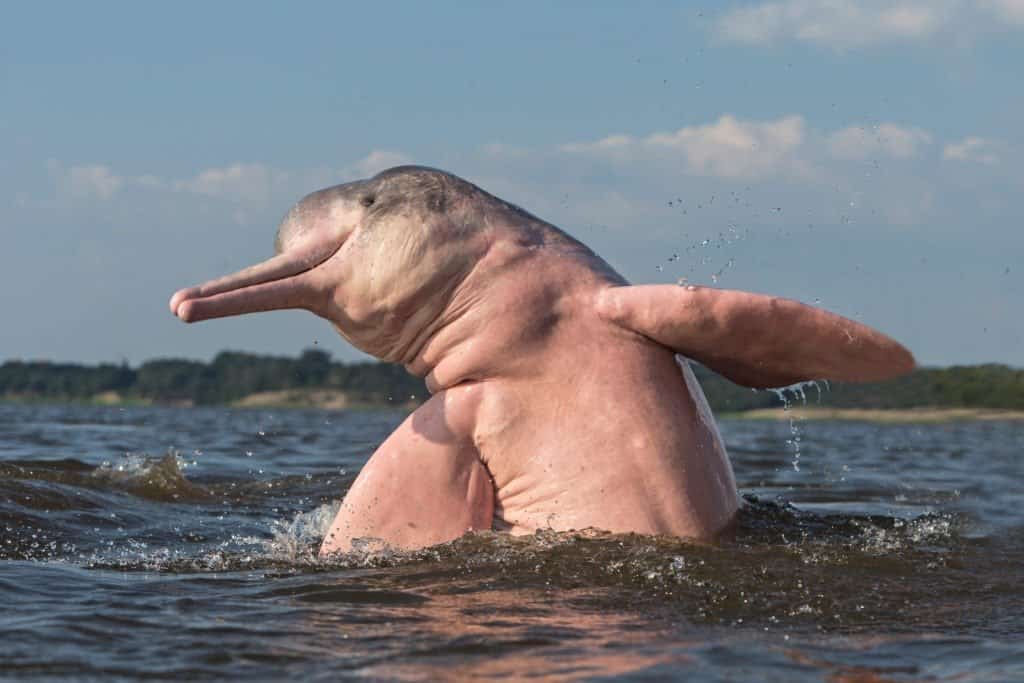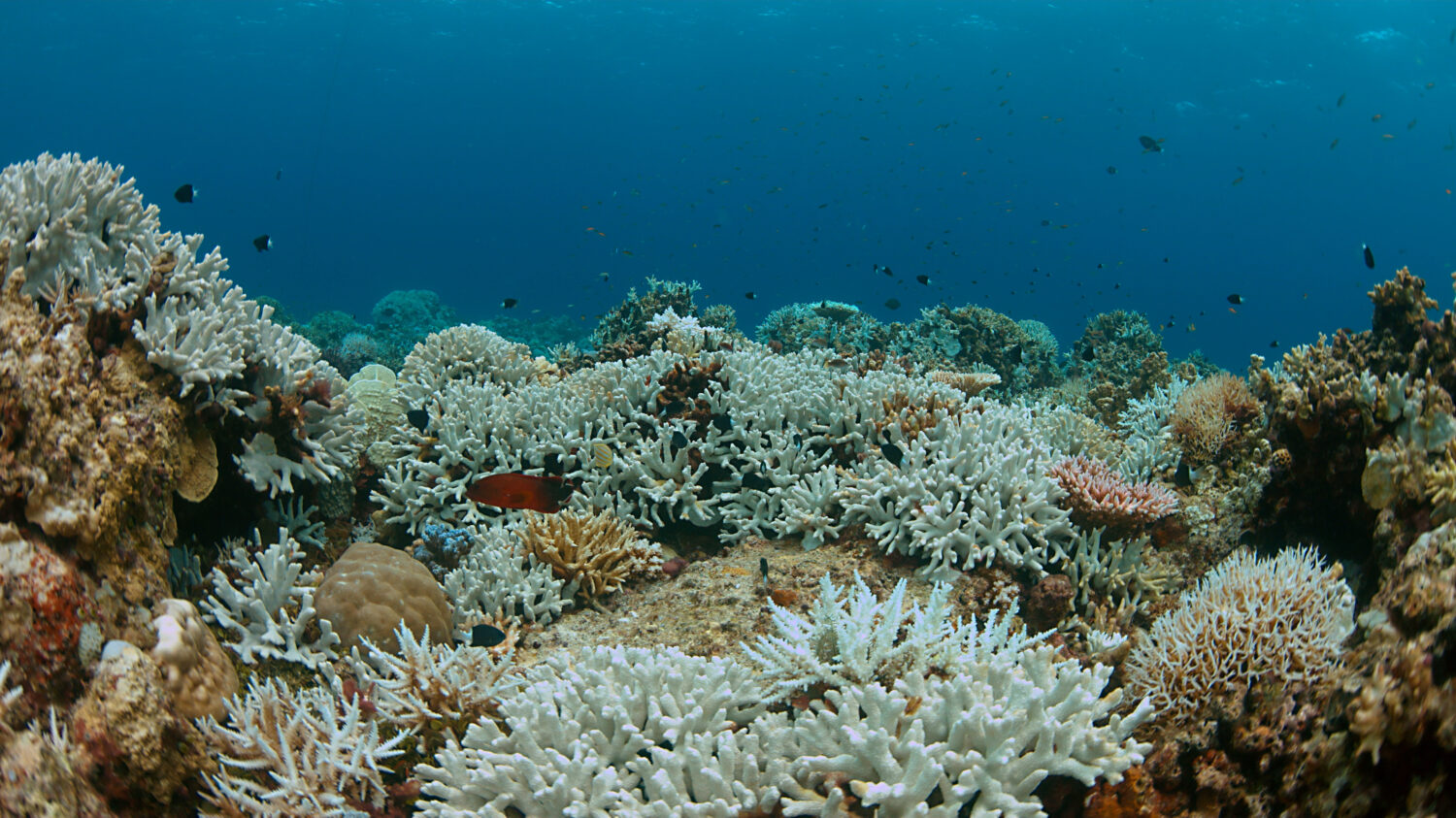Dolphins Are Dying In the Amazon And This Is Why
Over the past week, the remains of over 100 river dolphins have been discovered drifting in an Amazon River tributary. Experts believe that this was due to extreme heat and dryness in the area.
Scientists suspect that portions of the river have experienced high water temperatures. These are unbearable for dolphins because of low river levels amid a prolonged drought. Because of low oxygen levels in the water, countless fish have recently perished in the rivers as well.
The Amazon river dolphins, many of which have a beautiful pink color, are a rare type of freshwater dolphin located solely in the rivers of South America. Because of their populations’ slow reproduction rates, they are particularly sensitive to threats.

©COULANGES/Shutterstock.com
On October 2, scientists and other specialists proceeded to rescue deceased mammals from the water. Then, they performed examinations on the corpses to identify the cause of death. The heat waves and droughts aren’t the definitive reason behind the increase in dolphin deaths. According to scientists, this is their main theory for the dolphin deaths.
The possibility of a bacterial infection killing the dolphins on a lake created by the River Tefé before it enters the Amazon is another one of the possible explanations they are seeking to rule out.
Environmental activists attribute the odd weather to climate change, which increases the likelihood and severity of droughts and scorching temperatures. It’s uncertain whether global warming is to blame for the present Amazon drought. El Nino and other causes are also possibilities.
How Does Water Temperature Affect Marine Life?
The effects of increasing temperatures on marine life are accumulating. Coral reef ecosystems, which are host to a staggering spectrum of marine life and serve as essential sources of human food, are negatively impacted by coral bleaching, which is brought on by warmer seas.

©Sabangvideo/Shutterstock.com
Marine organisms may migrate in large numbers in pursuit of ideal feeding and breeding environments as a result of warming ocean waters. As we can see with the dolphins in Brazil, climate change affects freshwater just as much.
On Thursday, Lake Tefé’s water hit 102 degrees Fahrenheit. This is over 10 degrees over what is normal for this time of year. During this time, more than 70 dead animals floated to the surface. After dropping for a couple of days, the water temperature increased once more on Sunday, alarming experts.
Dolphins who remain living in the lake are being evacuated by the Chico Mendes Institute for Biodiversity Conservation in Brazil. This organization has dispatched veterinarians and aquatic animal specialists. They are unable to relocate to a river with colder water at this time. First, researchers must rule out the possibility of bacteria being the cause for the fatalities.









